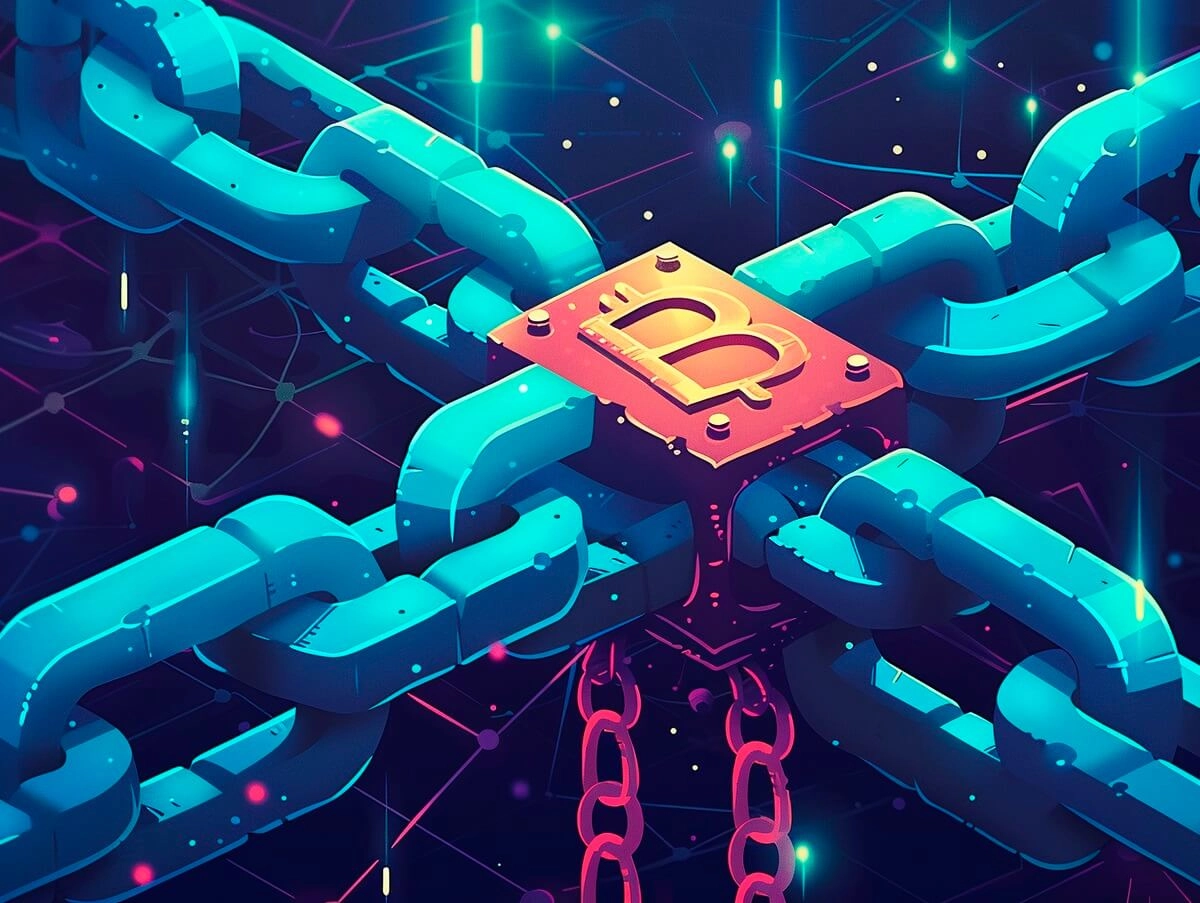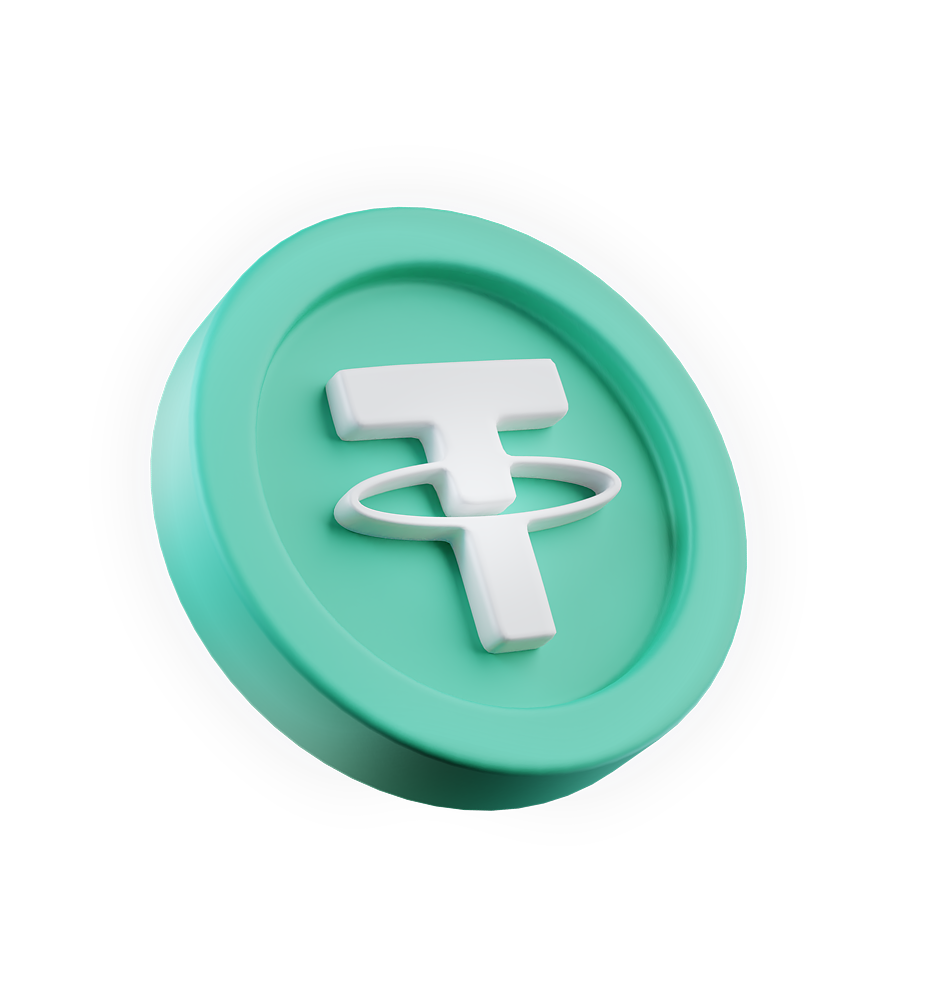The Future of Cross-Chain Interoperability: Projects and Predictions

Web3, blockchains, cryptocurrencies, and decentralized finance face one huge issue that is stopping mass adoption—ease of use. The connectivity status of the industry is fragmented at best. In the infancy of this movement, developers got to work without considering how all of these new blockchains would work together.
Now, there are millions of participants in the industry, stuck on one blockchain. It quickly became apparent that we needed to create a cross-chain ecosystem powered by interoperability in blockchain.
In this article, we take a look at cross-chain interoperability, what it is, why we need it, how it works, and a few use-case examples.
What is Cross-Chain Interoperability?
Cross-chain interoperability refers to the ability of different blockchain networks to communicate and interact with one another. Think of it like the internet: different websites and services can interact seamlessly, regardless of the underlying technologies or platforms they use. In the context of blockchains, interoperability allows for the transfer of data, assets, and information across different blockchain networks without the need for a centralized intermediary.
Why Do We Need Cross-Chain Interoperability Protocol?
Interoperability is crucial for the blockchain ecosystem because it addresses fragmentation. Currently, there are many blockchain networks, each with its own features, tokens, and applications. Without interoperability, these networks operate in silos, limiting their potential.
For example, if you have tokens on one blockchain and want to use a service on another, interoperability allows you to do so without converting tokens to a central exchange, thereby reducing fees and increasing efficiency.
Current Challenges for Blockchain Interoperability Solutions
Despite its potential, achieving cross-chain interoperability is challenging. Here are some of the main hurdles:
Lack of Standardization
Different blockchains have different protocols, consensus mechanisms, and data structures. This diversity makes it difficult to create a one-size-fits-all solution for interoperability.
Security Concerns
Ensuring secure communication between blockchains is complex. Trust issues arise because a vulnerability in one chain can compromise others it interacts with.
Scalability and Performance
Interoperability solutions must handle the high transaction volumes and varying speeds of different blockchains. Ensuring that cross-chain transactions are fast and efficient is a significant challenge.
Complex Implementation
Developing and implementing interoperability solutions requires significant technical expertise and resources. The complexity of these systems can slow down adoption and development.

Key Projects Focused on Cross-Chain Interoperability
Several projects are at the forefront of developing solutions for cross-chain interoperability. Let's explore some of the leading ones:
Polkadot
Polkadot is a next-generation blockchain protocol designed to enable multiple blockchains to interoperate seamlessly. It features a unique multi-chain architecture composed of a central Relay Chain and numerous parachains. The Relay Chain ensures shared security, consensus, and cross-chain interoperability, while parachains can have their specific logic and optimizations.
Polkadot uses a hybrid consensus model combining GRANDPA (finality) and BABE (block production), which ensures high throughput and robust security. This architecture allows Polkadot to scale more effectively than traditional blockchains, as multiple parachains can process transactions simultaneously.
Polkadot Use Cases
- Cross-chain communication
- Decentralized finance (DeFi) applications
- Identity and credentials management
- Supply chain transparency
- Gaming and NFT ecosystems
Cosmos
Cosmos is a decentralized network of independent, parallel blockchains, each powered by BFT consensus algorithms like Tendermint. Its goal is to create an "Internet of Blockchains" by enabling interoperability among distinct blockchains. The network employs the Inter-Blockchain Communication (IBC) protocol to facilitate communication and asset transfers between chains.
The Cosmos Hub, the first blockchain in the network, acts as an intermediary for other chains, providing shared security and decentralized governance. Additionally, the Cosmos SDK, a modular framework, allows developers to build custom blockchains quickly, tailored to specific use cases.
Cosmos Use Cases
- Cross-chain DeFi platforms
- Decentralized exchanges
- Gaming ecosystems
- Supply chain management
- Healthcare data integration
Wanchain
Wanchain is a blockchain platform designed to facilitate interoperability between different blockchain networks. It aims to create a distributed "bank" that enables the seamless transfer of digital assets across diverse blockchains. Using a unique cross-chain mechanism involving secure multiparty computation and threshold key sharing, Wanchain ensures the integrity and security of asset transfers.
The platform's Proof of Stake (PoS) with Galaxy Consensus enhances network security and transaction speed. Additionally, it supports the development of decentralized applications (dApps) through a comprehensive suite of developer tools and APIs.
Wanchain Use Cases
- Cross-chain asset transfers
- Decentralized finance (DeFi) platforms
- Cross-chain smart contracts
- Supply chain finance
- Digital identity verification
Quant
Quant is a cross-chain blockchain platform designed to enable interoperability between various blockchain networks through its Overledger operating system. Overledger connects different blockchains and legacy systems, allowing them to communicate and share data seamlessly without requiring any changes to the underlying blockchain protocols. Leveraging the power of its unique multi-chain technology, Quant creates a decentralized network of networks, ensuring high security and scalability. Additionally, it supports the development of multi-chain decentralized applications (mDApps) that can operate across multiple blockchains simultaneously.
Quant Use Cases
- Cross-chain interoperability
- Multi-chain decentralized applications (mDApps)
- Financial services integration
- Healthcare data sharing
- Supply chain management
Technical Approaches to Cross-Chain Interoperability
Atomic Swaps
Atomic swaps are a method for directly exchanging cross-chain crypto between different blockchains without needing a middleman. Instead, they use special self-executing smart contracts to ensure the exchange happens safely. This process offers several benefits: reducing fees, increasing privacy, ensuring security by making the trade either fully complete or cancel, and promoting decentralized peer-to-peer trading.
The Atomic Swap Process
- Party A and Party B agree to exchange their respective cryptocurrencies.
- A smart contract is created with a cryptographic hash, which acts like a lock and key.
- Both parties must confirm the transaction within a certain timeframe, or the trade is canceled.
Inter-Blockchain Communication (IBC)
The Inter-Blockchain Communication (IBC) protocol facilitates seamless data and token transfers when it allows different blockchains to communicate and interact securely and efficiently. This is achieved through relayer nodes that transfer messages, light clients that verify the state of other blockchains, and channels and connections that establish communication paths.
The result is enhanced connectivity for decentralized applications, improved cross-chain asset transfers, and a more integrated blockchain network.
The IBC Process
- Two blockchains establish a connection through IBC by creating a secure communication channel.
- A relayer node sends a transaction from one blockchain to another through this channel.
- The receiving blockchain verifies the transaction using a light client.
- Once verified, the transaction is completed, allowing for the transfer of tokens or data.
Blockchain Bridges
Blockchain bridges facilitate secure and efficient asset and data transfers across separate blockchains. They achieve this by using smart contracts to lock tokens on the originating blockchain and mint equivalent tokens on the destination blockchain. This mechanism ensures that assets can move seamlessly between chains, increasing liquidity and expanding token use cases.
The Blockchain Bridge Process
- A user sends tokens from Blockchain A to a smart contract, where the tokens are locked.
- The bridge verifies the transaction and mints an equivalent amount of tokens on Blockchain B.
- The user receives the new tokens on Blockchain B.
- To reverse the process, the user sends the tokens back to the smart contract on Blockchain B, where they are burned.
- The bridge then releases the original tokens from the smart contract on Blockchain A.
Cross-Chain Consensus Mechanisms
These mechanisms involve multiple blockchains coming to a consensus on the state of each chain. Facilitating agreement on the state of shared data or transactions across different blockchains, cross-chain consensus mechanisms enable multiple networks to interact securely and consistently.
They achieve this by leveraging shared protocols, federated models, relay chains, and sidechains, ensuring that transactions involving multiple blockchains are validated and reliable. The result is enhanced interoperability, increased security, and a more connected blockchain ecosystem.
The Cross-Chain Consensus Mechanism Process
- Transaction Initiation: A transaction involving multiple blockchains is initiated on one of the participating chains.
- Validation Request: The initiating blockchain sends a validation request to the other participating blockchains or a central relay chain.
- Consensus Formation: Validators on the participating blockchains or relay chain verify the transaction and agree on its validity.
- State Update: Once consensus is reached, the state of the transaction is updated on all involved blockchains, ensuring consistency.
- Completion: The transaction is finalized, and the assets or data are transferred across the participating blockchains.
The Power of Cross Chain Interoperability Lies In The Future
Cross-chain interoperability will power the future of finance and the mass adoption of blockchain technology. There are already interoperability blockchain projects paving the way to a more interconnected future, and as the development continues, making blockchain usage feasible for more people and businesses, the global adoption of this technology is inevitable.







